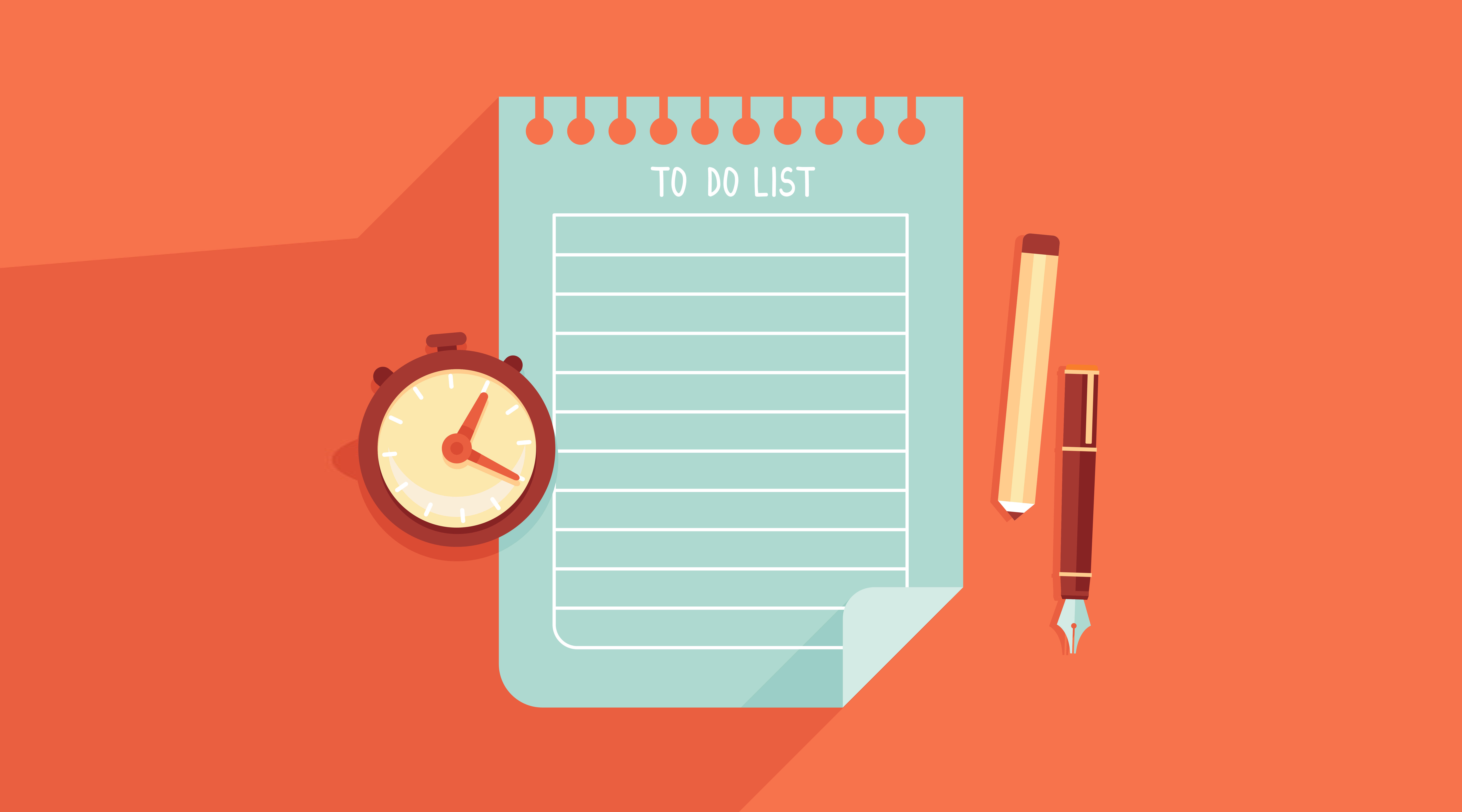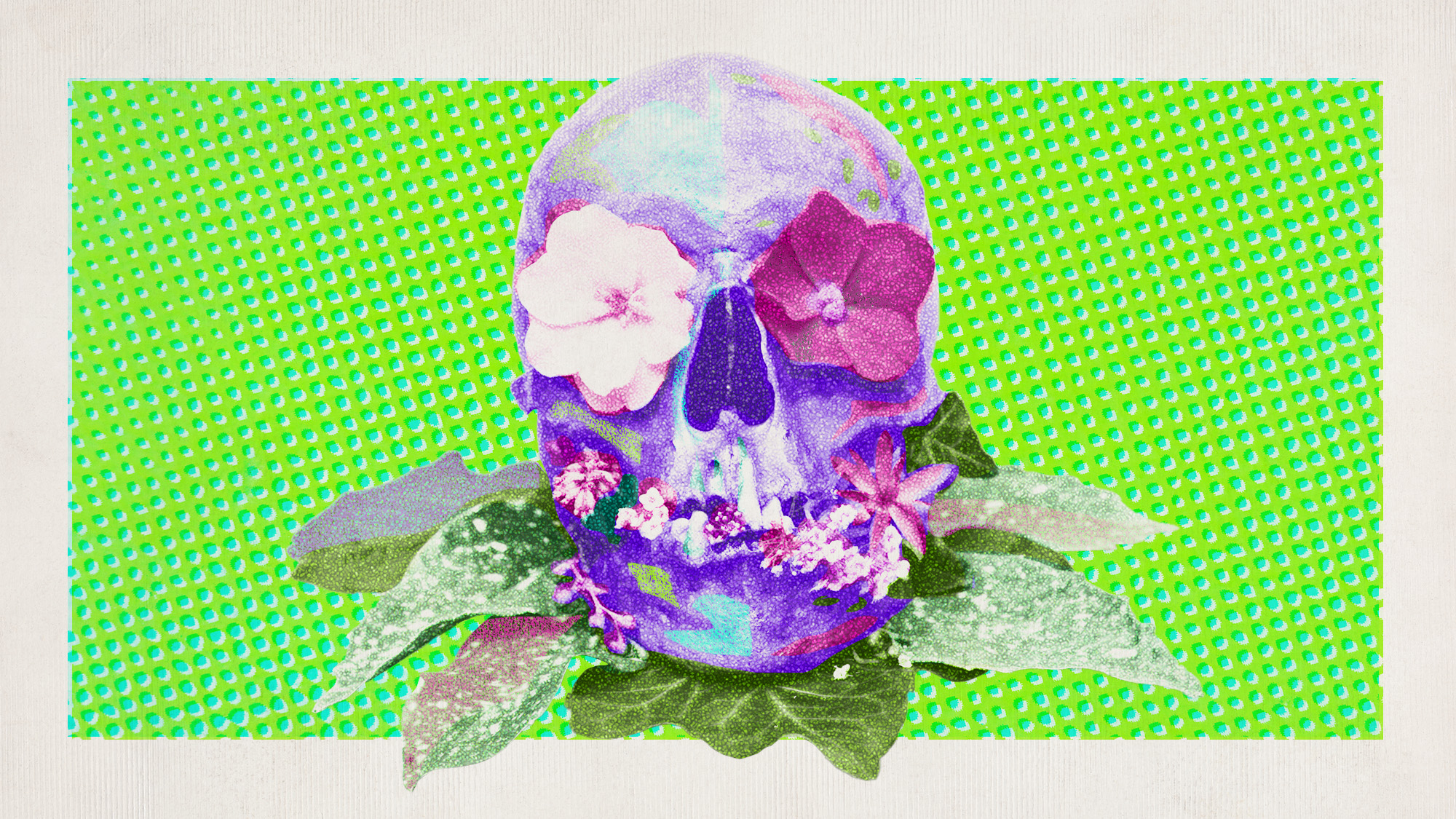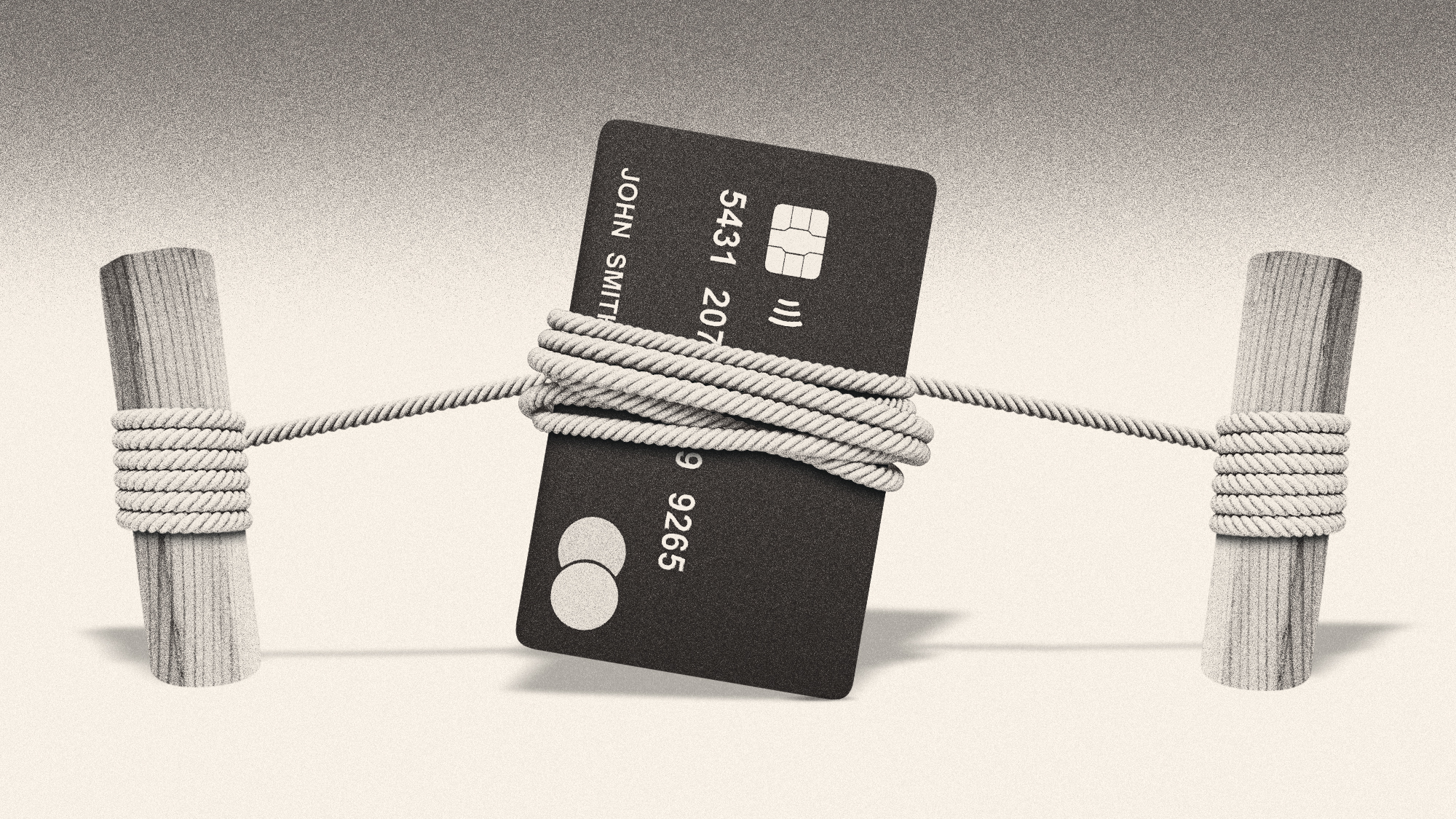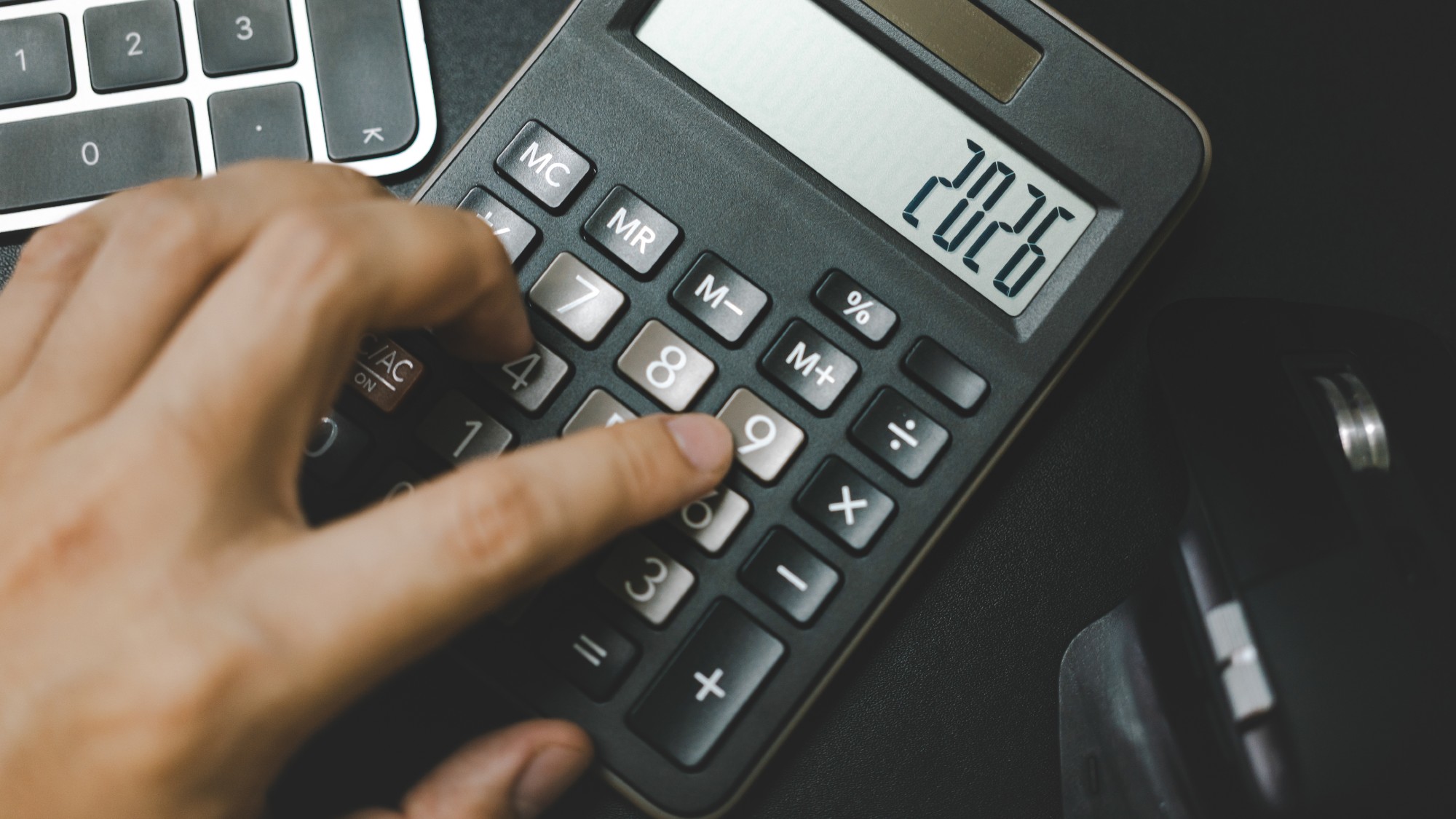The satisfying art of the to-do list
Getting stuff done never felt so good


Before I wrote this article, I wrote a to-do list.
Well, actually, I revised my existing to-do list. I crossed off a few things and added a few others, and then I rewrote the whole thing on a clean sheet of paper in blood-red Sharpie, my current favorite way to make a to-do list. You can't forget about bright red letters the same way you can allow Bic-black ink to blur at the edges of your mind. Sure, you can try to ignore them, but you'll keep catching glimpses of color from wherever you sit in the room, and that may inspire you to start actually getting stuff done.
Can anything be accomplished, truly, without a to-do list? If you answered yes to that question, take a moment to consider something you did recently, and the joy you would have felt had you been able to strike that thing off of a list, instantly receiving visual affirmation of your own productivity. Are you picturing it? Are you enjoying that picture? Voila. You're a to-do list convert.
The Week
Escape your echo chamber. Get the facts behind the news, plus analysis from multiple perspectives.

Sign up for The Week's Free Newsletters
From our morning news briefing to a weekly Good News Newsletter, get the best of The Week delivered directly to your inbox.
From our morning news briefing to a weekly Good News Newsletter, get the best of The Week delivered directly to your inbox.
The best way to make a to-do list is on paper. Sure, I take iPhone notes constantly, and much of the media I consume and create is digital. Some people swear by Google Calendar-style to-do lists, but these people are wrong. When it comes to to-do lists, give me an old-school, tree-based, ink-stained (or maybe you like pencil, you do you) analog, combustible list that ages the second it's been printed in my steady penmanship. And while paper may seem antiquated and easy to lose track of, I've never experienced the panicked moment a friend endured on a recent grocery store visit when her shopping list went missing because there was no Wi-Fi in the store. That doesn't happen with paper. Yes, you can crumple it into your pocket, you can rip it up and throw it away, you can even lose it. But it still physically exists.
No to-do list should be longer than one page. This is important. The to-do list is meant to organize your duties, not turn them into an epic novel. I use a dedicated notebook and put one list on each page — the accomplished tasks of a day or week or moment available at a glance. Being able to see what I have (and have not) managed to do during, say, an entire year, is oddly satisfying. (And, no, you should not add things you've already done to the to-do list. That's to-do list cheating. I understand the desire, but you're making a fool of all of us.)
Once I've written a to-do list, I revise it, as I mentioned before. This revising is a precursor to work, a way of preparing to get ready to actually do something, while simultaneously tricking myself into feeling productive and organized, as if I were actually working. It's like a more focused kind of puttering. For the over-achieving perfectionist type who is also at heart a little bit lazy, this refurbishing is a spiritual cleanse. It soothes the mind and mends the broken creative spirit, reassuring you that yes, you're accomplishing something! You really are! This could be the start of anything. The tools are at your disposal, and all you need now is to know what you need to do, and then write it down.
I prefer to save my to-do lists. Sometimes I even go back through them, just to relive the old days. Some highlights:
A free daily email with the biggest news stories of the day – and the best features from TheWeek.com
TO DO:
- Credit card/bills (never crossed that one off!)
- Plan trip w/ Mom (our trip's been done for months. It was great, thanks.)
- Wrinkle in Time article (yes, filed and paid for. Check.)
- Health insurance (a work in progress)
And so forth.
These many spiraling things I once had to attend to or write or make phone calls about or research all have their moment. Some items transfer from page to page, moving through the notebook like a stop-motion photography project as I procrastinate on them day after day. Some finally get their moment in the sun, a moment of definitive completion marked by a straight dark line and a sigh of relief. Some never get crossed off, but those items are satisfying in their own way. Scrolling back a few pages I find the thing I was so stressed out about in April just never happened — and that's perfectly fine. Time moved on, and what was so important on the to-do list stopped being so, but there it is, permanently etched in red Sharpie, my version of a honeybee trapped in amber for all eternity. Perhaps someday posterity will find my notebook and think, "Wow, they really did a lot of mundane crap in the early 21st century."
As for that doctor's appointment I still need to make, or that overdue phone call to Time Warner Cable? It'll happen, eventually. Or it won't. But I'll keep adding it to the list just as sure as you can say "to do." So long as there is paper to write on and pens to write with and things that need doing, which is to say, for eternity, or barring that, a very long time.
Jen Doll is the author of the memoir Save the Date: The Occasional Mortifications of a Serial Wedding Guest. She's also the managing editor for Mental Floss magazine and has written for The Atlantic, Esquire, Glamour, Marie Claire, The Hairpin, New York magazine, The New Republic, The New York Times Book Review The Village Voice, and other publications.
-
 Are pesticides making florists sick?
Are pesticides making florists sick?Under the Radar Shop-bought bouquets hide a cocktail of chemicals
-
 Will Trump’s 10% credit card rate limit actually help consumers?
Will Trump’s 10% credit card rate limit actually help consumers?Today's Big Question Banks say they would pull back on credit
-
 3 smart financial habits to incorporate in 2026
3 smart financial habits to incorporate in 2026the explainer Make your money work for you, instead of the other way around
